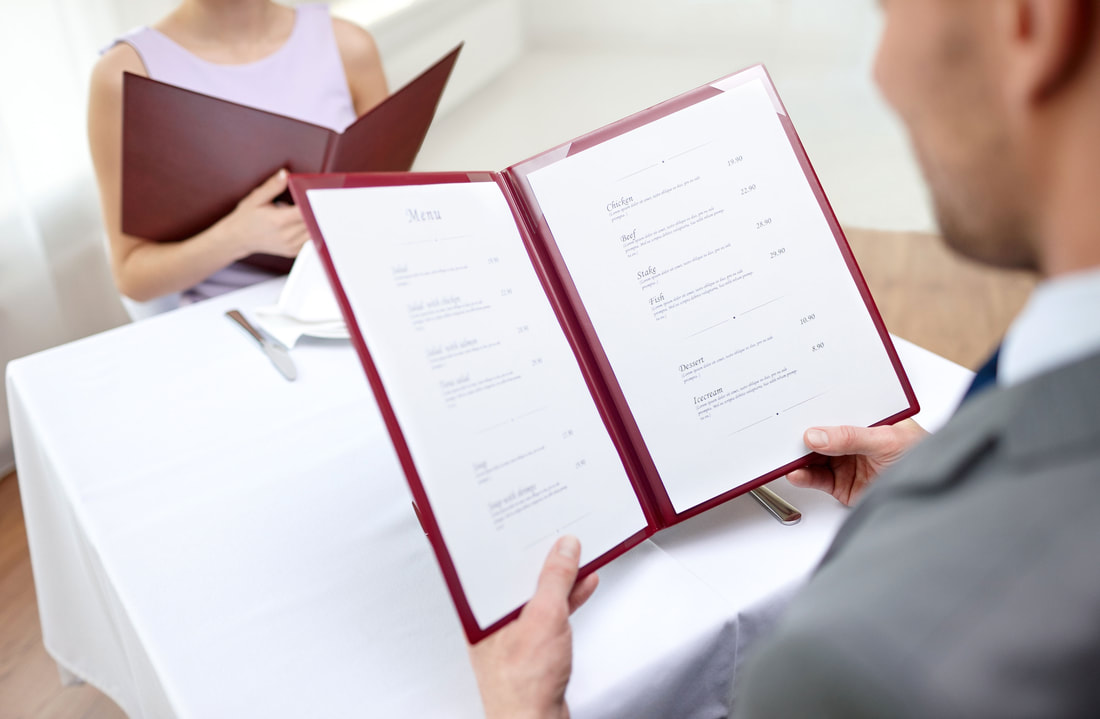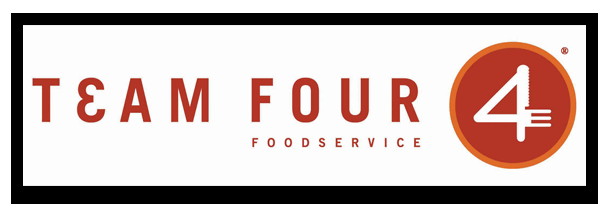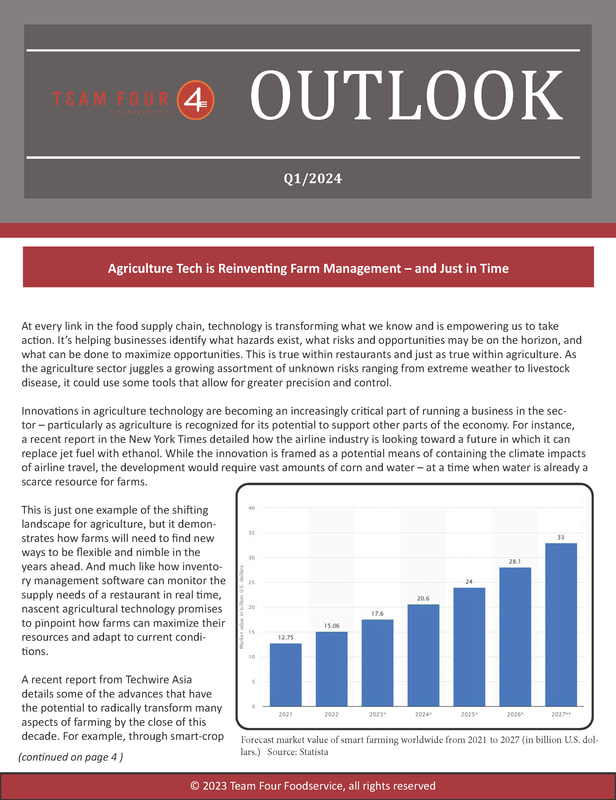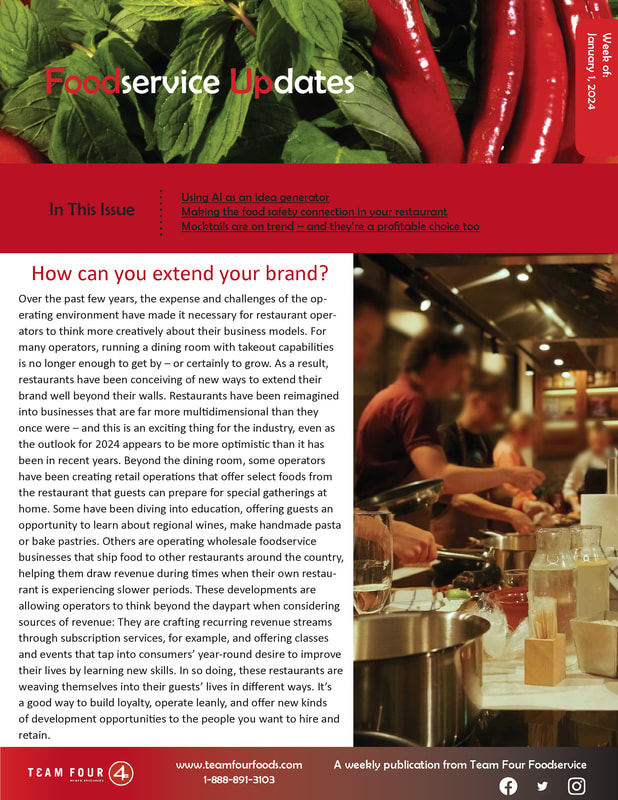|
Consumers are no strangers to dynamic pricing in their daily lives – whether they are buying an item on Amazon or booking a flight, they have come to expect that they will pay more for an item in high demand and may be lucky enough to snag a good deal at other times. But dynamic pricing in restaurants is relatively new to consumers – and following years of budget tightening and food inflation in restaurants and grocery stores alike, many consumers are wary of it. (When Wendy’s announced its plans to implement dynamic pricing recently, the brand had to scramble to explain itself amid consumer backlash to the news.) To be sure, it may take time for consumers to come around to dynamic pricing in their favorite restaurants – but restaurants in all categories have opportunities to frame it in ways that make their guests more loyal, not less. For example, you could mine your guest data to create segments of dynamic, limited-time offers. This can help you ramp up your ability to make a guest’s experience feel more personal and worthwhile. In practice, you might send one guest an offer for 50 percent off a large pizza after their kid’s soccer game, or alert another guest to a discount on a smoothie to help them beat the heat during your town’s Memorial Day parade nearby. Fine-dining restaurants that have more reservation requests than they can manage during the weekends but struggle to fill tables midweek could use dynamic pricing to encourage table reservations at off hours. Dynamic pricing is about guiding guests toward the specific value you offer them – value that will only increase (and hopefully translate into loyalty) as they return and share more of their preferences with you.
0 Comments
At a time when food inflation for meals purchased away from home has surpassed inflation for meals prepared at home, consumers are behaving differently toward restaurants. A recent CNBC report said that according to research from AlixPartners, consumers are not simply trading down to less expensive restaurant options in an effort to save money right now. Rather, they are cutting out restaurant meals altogether. So every meal you sell must help you generate the greatest profit you can. Does your menu help you accomplish that, while also meeting your guests’ expectations? Engineering your menu every time you update it can help, potentially increasing restaurant profits by 10-15 percent when done an an ongoing basis.
Tap into human psychology to help lead guests to the items you want to sell. It helps to limit guests’ choice of menu items, ideally to around seven items or less per category, and make it easy for them to skim your options with the help of readable menu fonts and clear category headings and dish titles. Webstaurant Store advises operators use appetite-triggering colors like red, orange and yellow to draw attention to certain parts of the menu, as well as language that invokes comfort or connection — think “Grandma’s apple pie” or “Chef Paul’s favorite fettuccine.” Keep your dessert menu separate so guests don’t see it early and cut back on appetizers earlier in the meal. Use photos only sparingly on the menu. Save them for promoting your menu on your website and social media. Toast further recommends restaurant operators sort menu items into “stars” (high profit and popularity), “puzzles” (high profit and low popularity), “plowhorses” (low profit and high popularity) and “dogs” (low profit and popularity). Make sure your stars are prepared consistently, then promote them frequently and make them visible on the menu. Try to understand why your puzzles aren’t selling and make adjustments — could they be described better or located in more prominent places on the menu? Make plowhorses more profitable by adjusting the recipe to include more cost-effective ingredients or pairing these items with more profitable side dishes and beverages. Dogs are taking up space on your menu — try reinventing them with new ingredients and promotion, or replacing them with items that are more popular with guests and generate more profit for your business. |
Foodservice CEO is provided for informational purposes only. It is intended to offer foodservice operators’ guidance regarding best practices in running their operations. Adherence to any recommendations included in this Guidance will not ensure a successful operation in every situation. Furthermore, the recommendations contained in this website should not be interpreted as setting a standard of operation or be deemed inclusive of all methods of operating nor exclusive of other methods of operating.
Copyright 2023 Team Four Foodservice, All Rights Reserved.






 RSS Feed
RSS Feed